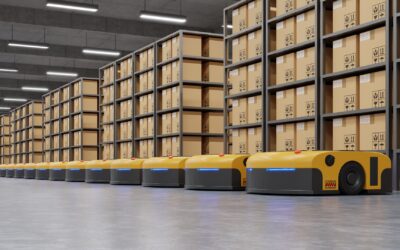The combination of 5G and mobile edge computing (MEC) can create opportunities for businesses across industries. Understanding these edge computing use cases can help companies realize the power of these innovative networking and computing technologies.
5G wireless networks can provide companies with higher data speeds, lower latency and greater capacity than previous mobile networks. MEC technologies can build on these innovations by moving computing resources closer to the edge of the network instead of in a distant cloud data center. By providing a platform to run edge computing applications closer to the devices and equipment generating critical data, companies can often make faster and better decisions.
Edge computing examples across industries
Here are some edge computing use cases that showcase the potential benefits of combining the lower latency that 5G offers with MEC technologies.
Manufacturing
The combination of 5G and MEC could enable factories to monitor multiple types of assets used in production, such as robotics, connected devices, and other types of manufacturing equipment. Manufacturers could analyze data generated by equipment and Internet of Things (IoT) sensors to help predict when equipment will require maintenance, preventing more expensive downtime situations. Moreover, an automotive parts manufacturer could connect its robotic welding machines to a 5G network to capture and process data in near real-time. That data could then be fed into a factory’s simulation models generated by a digital twin. These simulations could help the factory create scenarios that allow the welding robots to make customized parts.
On a production line, video cameras could scan finished materials for quality defects in near real-time through 5G and edge computing technologies. Video cameras used for physical security surveillance could also take advantage of 5G and computer vision to automate security monitoring of a worksite or factory grounds.
For factory workers, 5G and edge computing applications could be used in safety and training scenarios through augmented reality (AR) and virtual reality (VR) headsets. The headsets could provide on-the-job training for dangerous tasks in a safer environment. In addition, AR can provide a virtual overlay to assist technicians with repair information or connect them over video to a remote technician who can provide advice from hundreds or thousands of miles away.
Read more here.
Sign up today for a free Essential Membership to Automation Alley to keep your finger on the pulse of digital transformation in Michigan and beyond.




